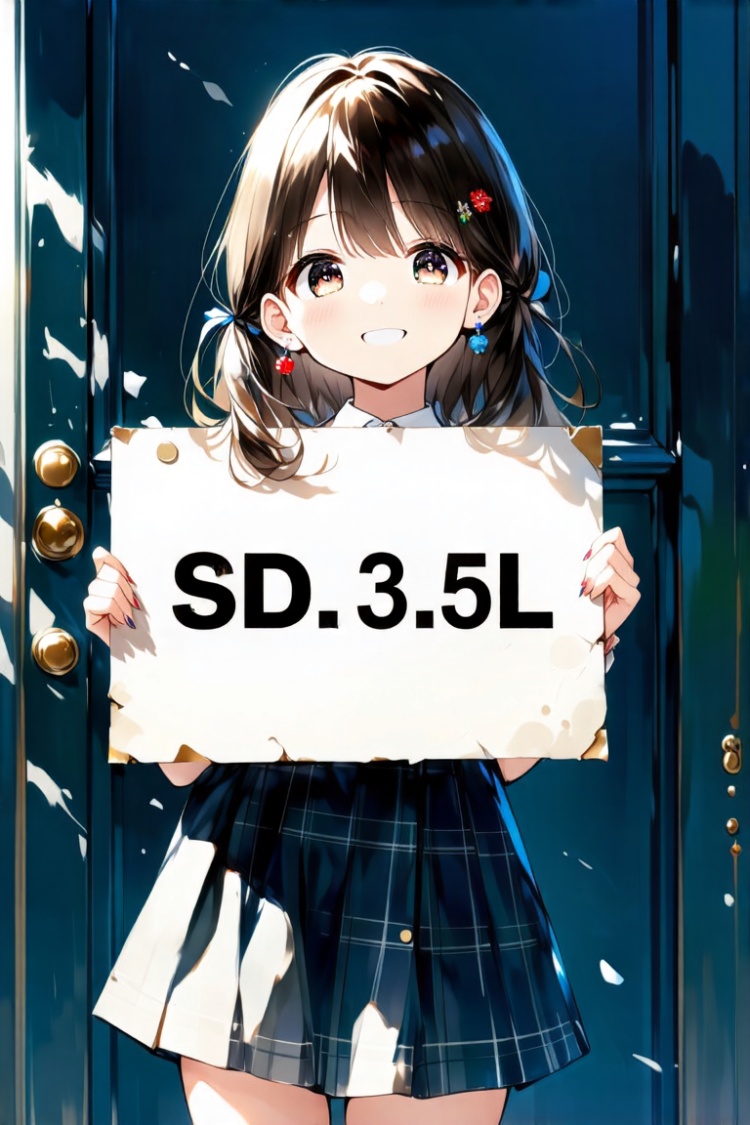JSP
JSP
Thanks for visiting my profile! 💯 I make images for fun. If you want you can like or follow; let’s grow together! 😄👍
1.1K
Followers
1.1K
Following
877.2K
Runs
51
Downloads
265.4K
Likes
3.8K
Stars
Models
View All
LORA Illustrious
EARLY ACCESS
Vivid Anime Style-V.1
JSP

LORA Illustrious
EARLY ACCESS
Watercolor art-V.1
JSP

LORA Flux
EARLY ACCESS
Attractive Eyes (Flux)-V.1
JSP

LORA Flux
EXCLUSIVE
Pixelverse (Flux)-V.1
JSP
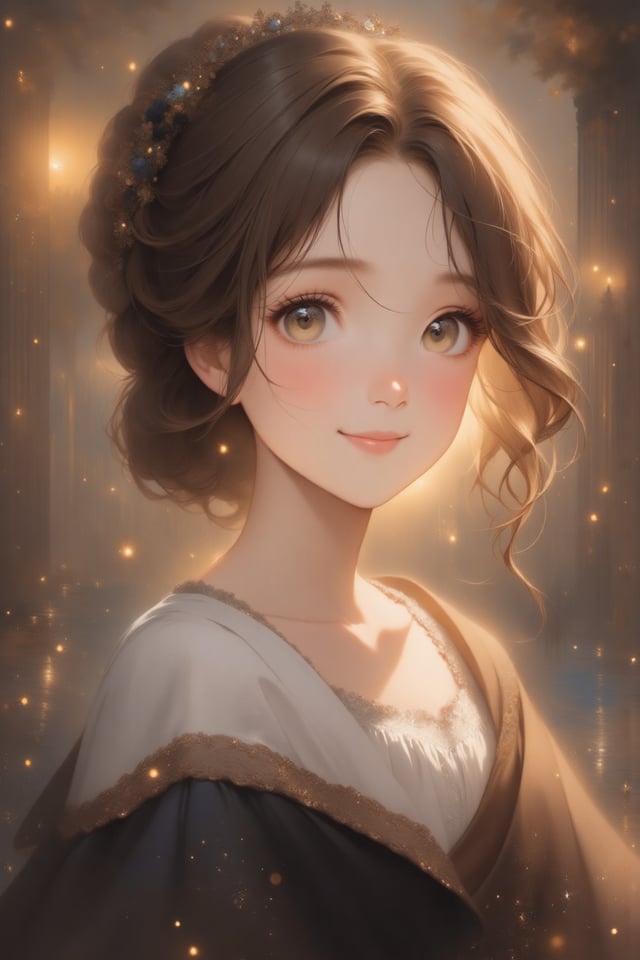
LORA Flux
Anime Oil Painting Style (Flux)-V.1
JSP

LORA Flux
Epic Mecha Flux-V.1
JSP

LORA Flux
EXCLUSIVE
Flux Anime Style-Neo Version
JSP
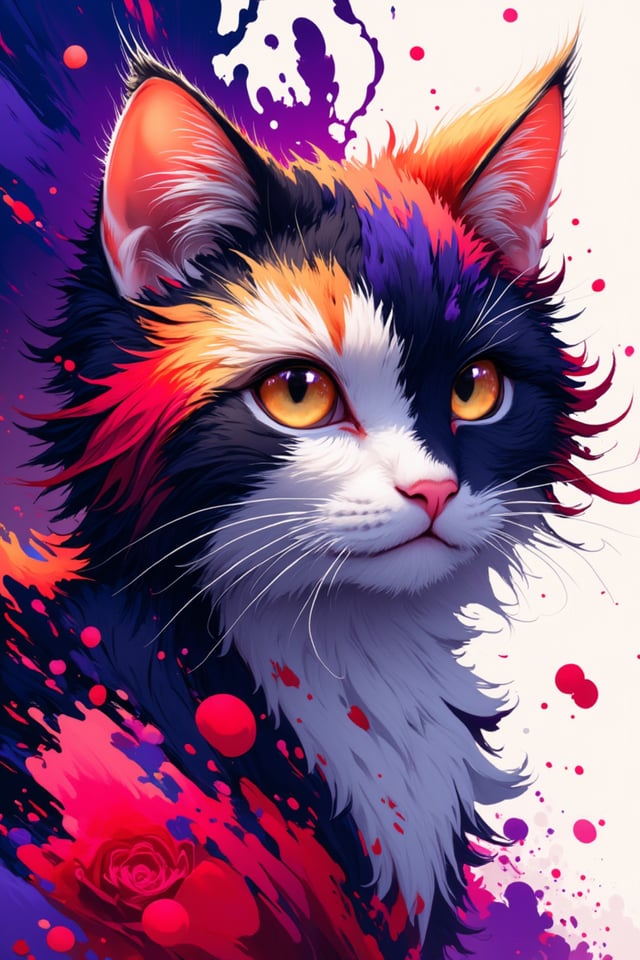
LORA Flux
Elegant Brushstrokes (Flux)-Classic Version
JSP

LORA HunyuanDiT
EXCLUSIVE
Elegant Brushstrokes (HunYuanDit)-V.1
JSP
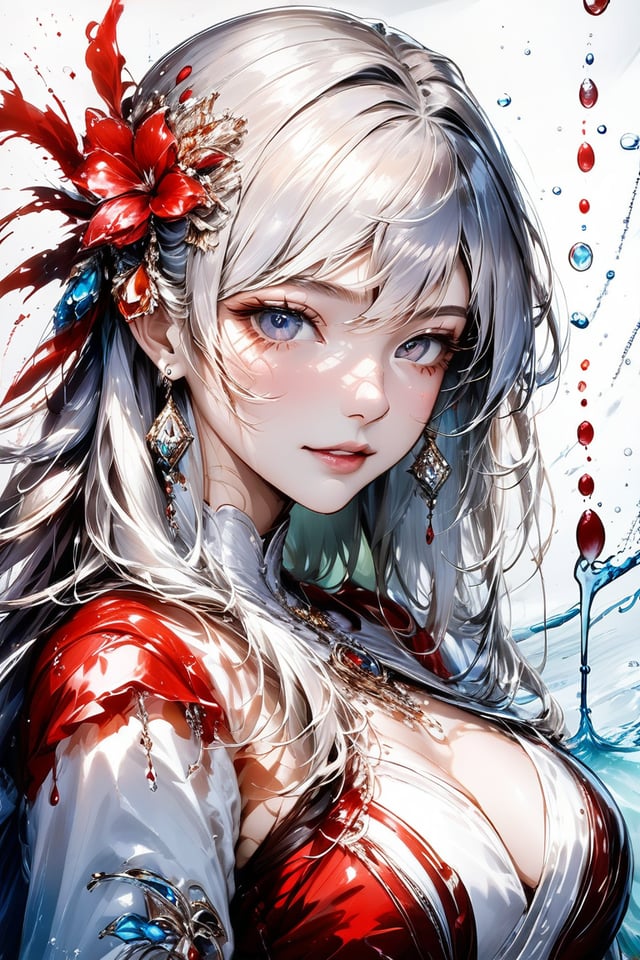
LORA HunyuanDiT
EXCLUSIVE
Hunyuan Anime Style-V.1
JSP
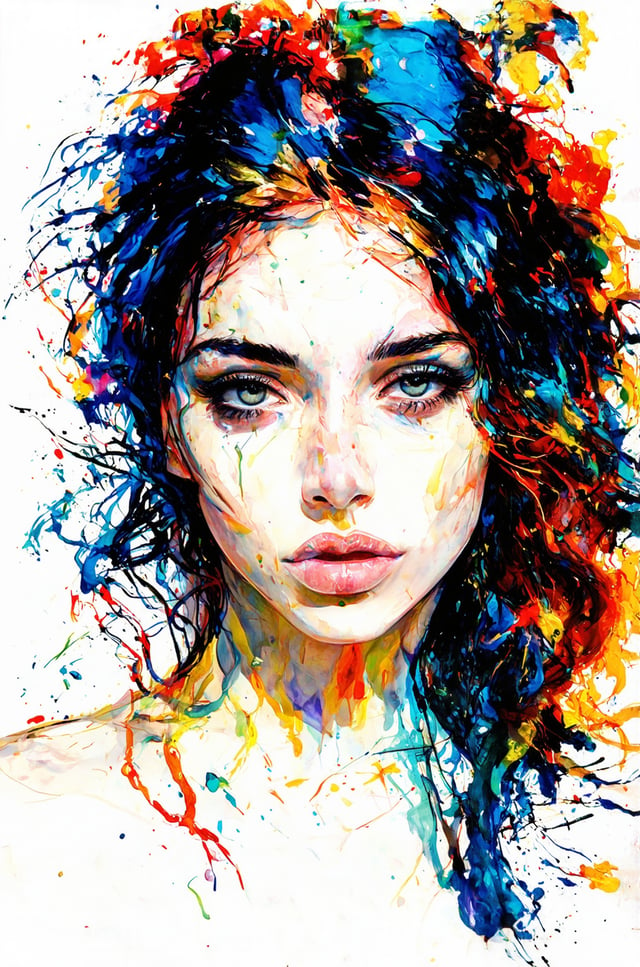
LORA SD3
Elegant Brushstrokes SD3 Version-EXPERIMENT
JSP
Posts
No posts yet




